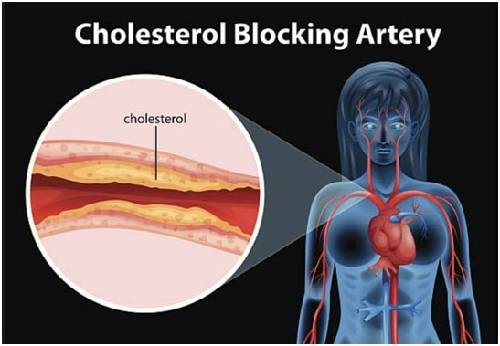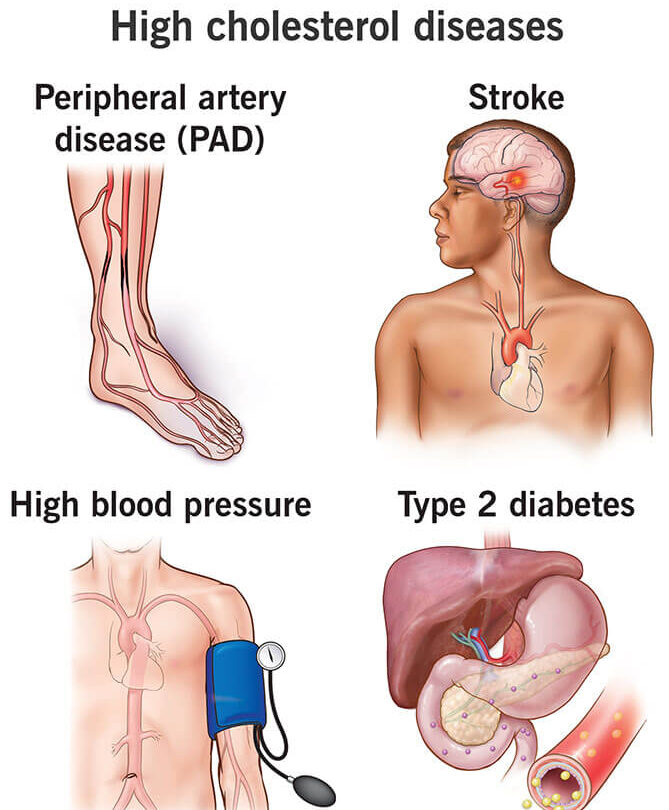It moves quietly through your bloodstream every day, playing a small but vital role. Low-Density Lipoprotein — LDL cholesterol — is nicknamed the “bad” cholesterol, but in truth, it’s only bad when it overstays its welcome. In the right amount, it helps your body build healthy cells and produce essential hormones. But when levels rise too high, this waxy fat can become a dangerous saboteur.
Unlike High-Density Lipoprotein (HDL), the “good” cholesterol that sweeps away excess fats from your arteries, LDL does the opposite — laying down sticky deposits inside artery walls. Over time, this buildup causes the arteries to narrow and stiffen, a condition known as atherosclerosis. Blood struggles to flow through these blocked channels, and the first warning sign might be chest pain (angina). If a chunk of cholesterol breaks away, it can create a blood clot that completely shuts down circulation, causing a heart attack or stroke in an instant.

But the danger doesn’t stop at your heart. High LDL quietly reaches into other parts of your body:
Hormonal Balance: Your body uses cholesterol to make estrogen, testosterone, and cortisol. Women after menopause — when estrogen levels drop — often see LDL rise, making heart disease more likely. Low thyroid function can also send cholesterol levels soaring.
Brain Health: The same clogs that starve your heart of blood can restrict blood flow to your brain. This raises the risk of strokes, memory loss, and even vascular dementia.

Digestive Trouble: Cholesterol helps your liver make bile for digestion. But when levels are too high, excess cholesterol in bile can crystallise into painful gallstones.
The Takeaway:-
High LDL isn’t just a lab result — it’s a silent intruder that can damage your heart, hormones, brain, and digestion without obvious symptoms. The good news? A balanced diet, regular exercise, and routine checkups can help keep LDL in its place and your health intact.


